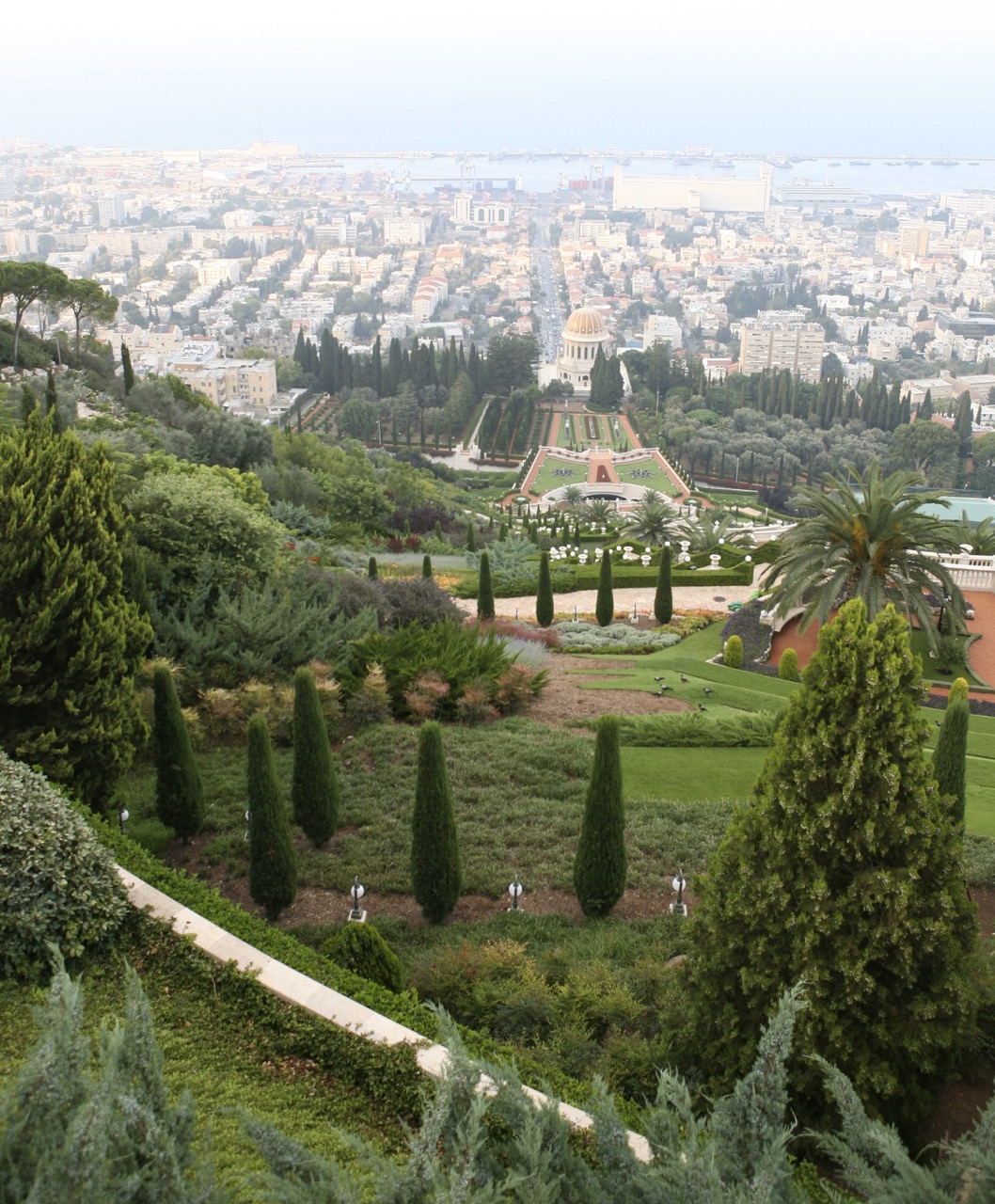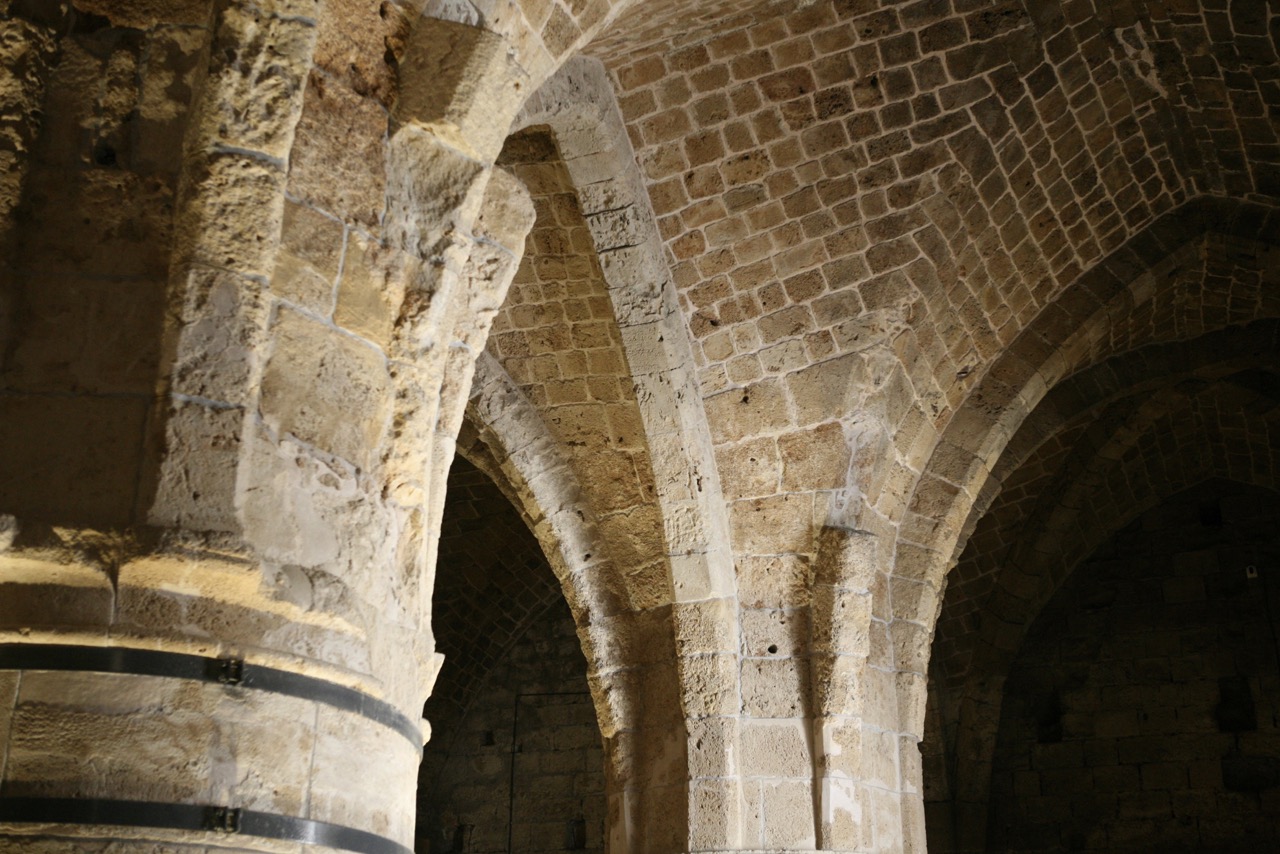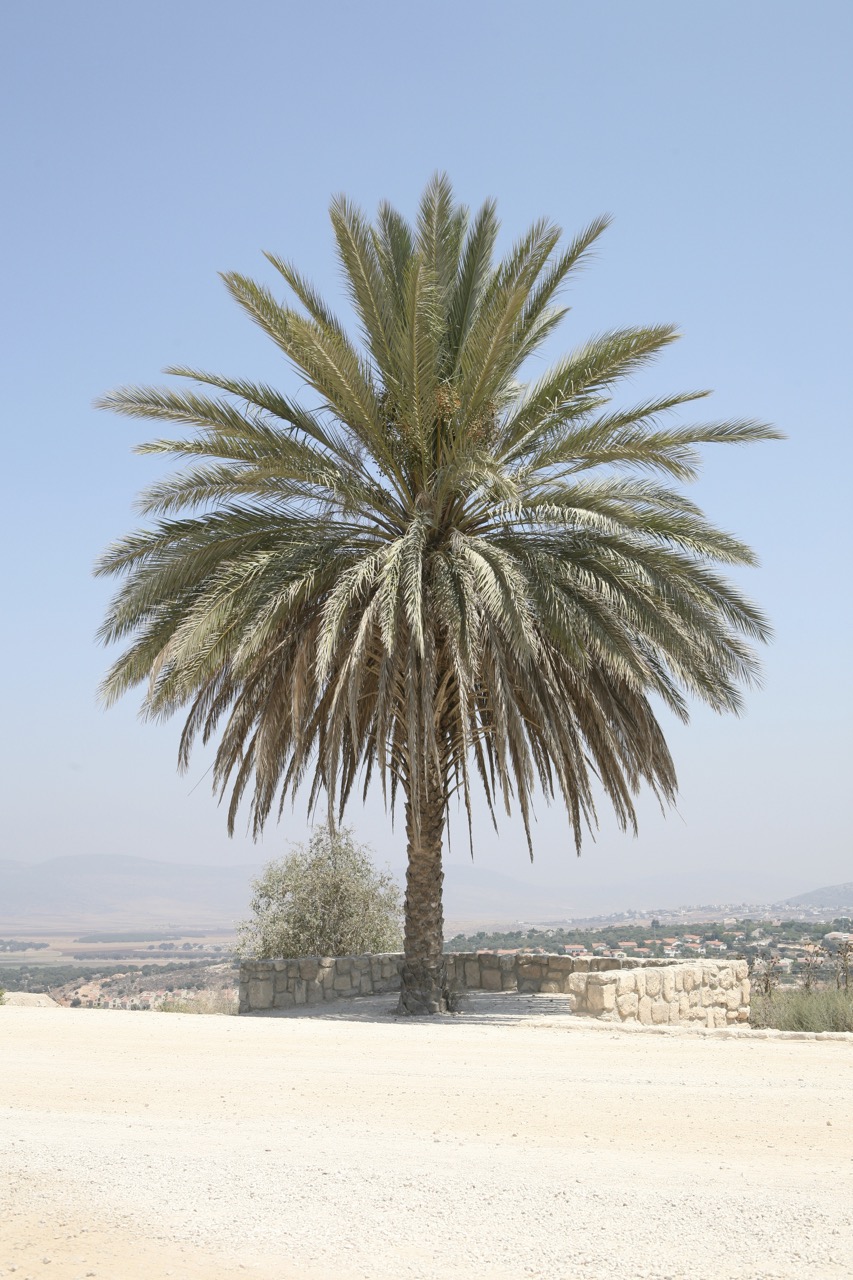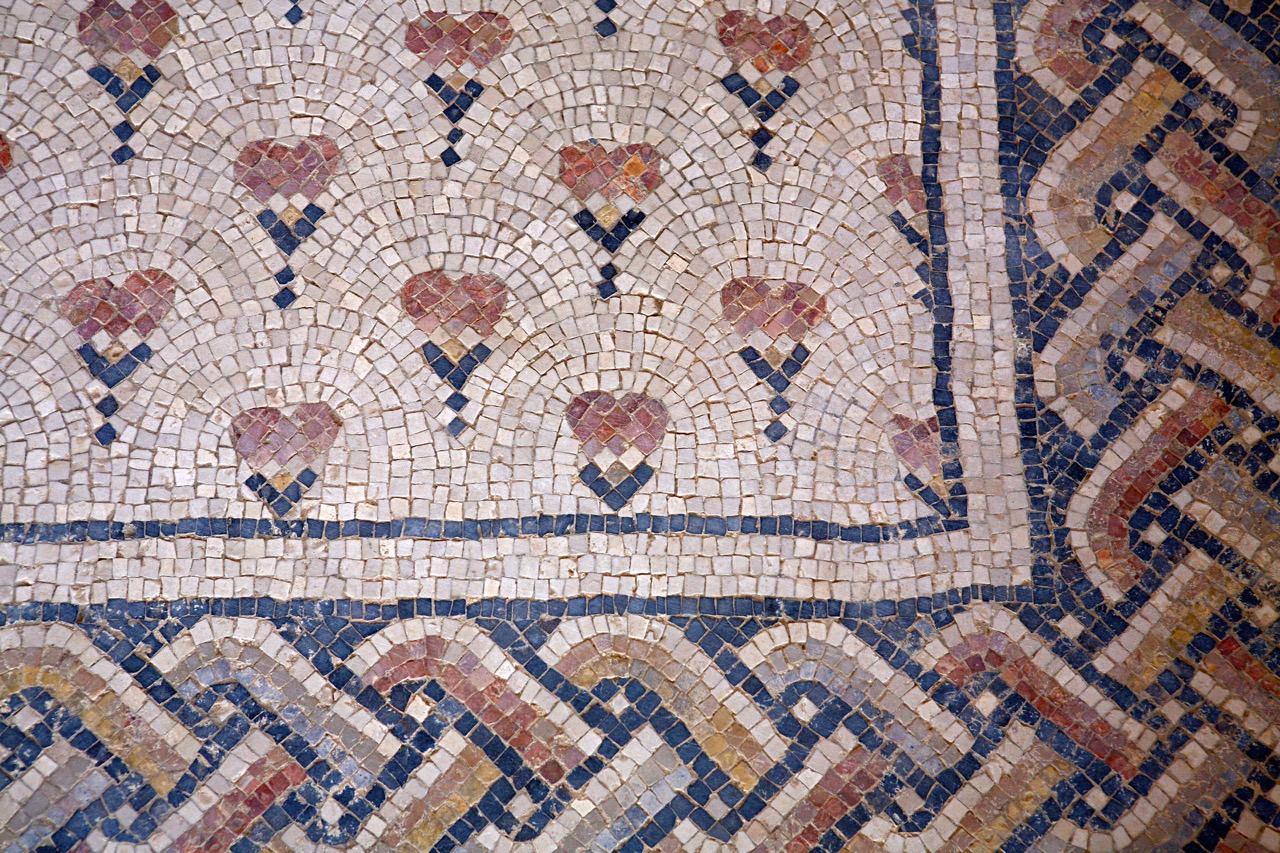There were many reasons to visit Haifa. This Israeli city hugs the Carmel mountain range as it plunges to the Mediterranean. For me, it was home base for day trips to the Sea of Galilee, and the historic cities Acre and Tsipori.
Because I am a garden lover, the top of my list was to visit the Bahá’í Gardens. I knew that they would be special: Haifa is the world headquarters of the faith; Bahá’í gardens draw from their Persian roots and are meant to represent paradise. According to the 1987 The Bahá'í Statement on Nature: “the grandeur and diversity of the natural world are purposeful reflections of the majesty and bounty of God. For Bahá'ís, … nature is to be respected and protected, as a divine trust for which we are answerable.” But alas, this may be the most beautiful garden I never got to visit - but more on that later.
Followers of Bahá’í believe in “the oneness of God and religion, the oneness of humanity and freedom from prejudice ... and … [the] relationships that … bind together individuals, communities, and institutions.” The Bahá’í accept the teachings of all spiritual messengers – including Buddha, Jesus, Moses, and Muhammand.
In the scheme of things, Bahá’í is a modern religion that took shape in the 1800’s in Persia. Believers were persecuted there; the Prophet-Herald Bab was executed in 1850. His remains were hidden for decades until he could be buried safely.
The story of this garden begins around 1900 when the prophet Baha'u'llah decided to create a permanent resting place for Bab on the slopes of the Carmel mountain range. The shrine was enlarged several times over the years. In the 1970’s the Baha’i governing body moved to the site.
In 1990 work on the gardens began. Iranian architect Fariborz Sahba, a Baha’i, designed the Persian style garden. In keeping with Islamic garden tradition, it is a sheltered, enclosed space with the tomb in the center and axes radiating out to create a series of quadrants. Sahba dealt with the challenging steep slope by creating 18 circular terraces.
The garden is designed with a strong central axis that descends through 18 terraces.
Sahba explains, “The shrine is the center of nine concentric circles, which create the basic geometry for the nine terraces above and nine terraces below the Shrine.”
“If the Shrine can be considered a jewel,… the terraces are supposed to provide the most beautiful … setting for it.”
Water refers to the story of the garden of Eden, attracts birds, and creates a pleasant sound that contrasts with the busy city beyond.
Unfortunately I never got to enter! Given tight visiting hours and translation challenges, I had to settle for the glimpses you see above, taken from the uppermost look-out on Yefe Nof Street. They show how the landscape sits within the city and overlooks the Mediterranean Sea.
Today, the inner gardens are open daily 9-12 and the outer gardens 9-5pm, except for Baha’i Holy Days.
I hope that you will be able to get inside! If you have been inside, would love to hear your impressions.
Haifa is a great launching pad to visit the Sea of Galilee, and the historic cities Acre and Tsipori.









